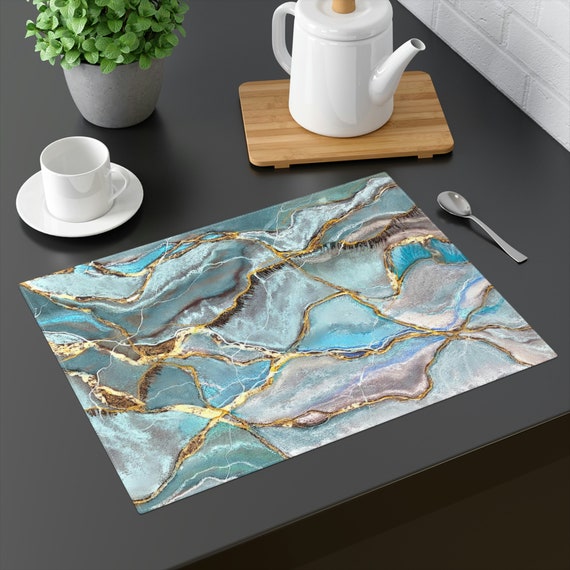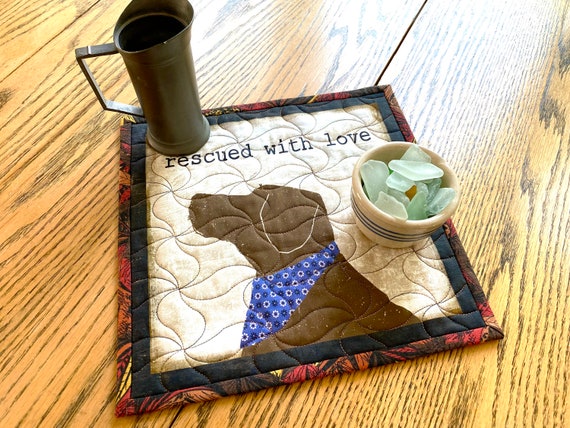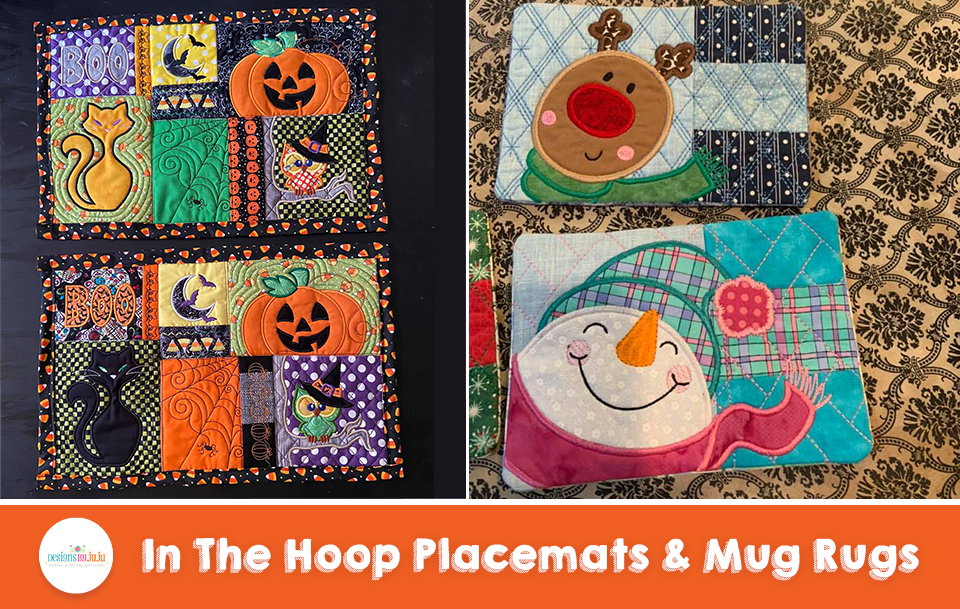Top Guidelines Of Unique Art
Top Guidelines Of Unique Art
Blog Article
Getting My Unique Art To Work
Table of ContentsUnique Art Things To Know Before You BuyAll About Unique ArtUnique Art Can Be Fun For AnyoneAll About Unique Art
While one may discuss which art kind holds priority, the truth stays that each of these 7 forms offers an one-of-a-kind window into human history, culture, and development. They are the tapestries that chronicle our journey, advising us of our past while inspiring visions for the future.Wonderful artwork tells a tale, makes people look twice, and creates an one-of-a-kind experience that can not be matched. Art and pictures communicate all of that through shade, shape and various other style components. Discover how to make your one-of-a-kind art work stand out from the crowd.

8 TRIA GIOVANEqual parts grand and laidback, this foyer made by Anthony Baratta is the perfect blueprint to comply with if you're decorating an official entryway that still feels unfussy and comfy. Formed fabrics take facility stage (see the carpets and the couch), however they additionally help bring the high ceilings down to a human range when hung over wallpaper.
Not known Details About Unique Art
18 Heidi Caillier DesignA gallery wall surface doesn't need to take up the whole area. Often a tiny one can make a bigger design declaration. In this living space, Hiedi Caillier chose for micro-mini frames and an arbitrary make-up.
The components of this languageits shapes, lines, colours, tones, and texturesare made use of in different means to generate feelings of volume, area, activity, and light on a flat surface area. These components are combined right into expressive patterns in order to stand for genuine or supernatural phenomena, to analyze a narrative motif, or to develop wholly abstract aesthetic connections.
Later the idea of the "fine musician" created in Asia and Renaissance Europe. Noticeable painters were paid for the social condition of scholars and courtiers; they signed their work, chose its layout and typically its subject and images, and developed a more personalif not constantly amicablerelationship with their customers. Throughout the 19th century painters in Western societies started to shed their social setting and secure patronage.
Facts About Unique Art Uncovered
Others made an earnings with exploring exhibitions of their job. The demand to interest a marketplace had replaced the similar (if much less impersonal) needs of patronage, and its impact on the art itself was most likely comparable also. Generally, look these up musicians in the 20th century can get to a target market only via commercial galleries and public galleries, although their job might have been sometimes reproduced in art periodicals.

Don't copy the design of other musicians if you're looking for your style. Copying other individuals's artwork can be great in instructional functions yet it will certainly not make you closer to locating your very own distinct style. Your imaginative design has to be, what you like and what motivates a knockout post you.
I would consider your own design as a style you paint in normally, when you let go of all thoughts and regulations and simply focus on painting, not considering it. Unique Art. The design has to come normally to you when you are unwinded and you can't force it or it will not be your very own design, simply another person's
Some Known Questions About Unique Art.

With time you'll have the ability to arrange every one of them into your preferred and least preferred categories. Try to focus your interest on the topics and mediums that you like and prior to you see it coming you'll have your very own individual and unique style, like nobody else have! In the end you'll have a couple of preferred subjects to paint and possibly a couple of favorite mediums.
The design needs to establish itself in time with a great deal of practice and experiments - Unique Art. Thanks for reviewing this message and if you have any type of questions leave them in the comments listed below, I 'd be delighted to answer these
Report this page